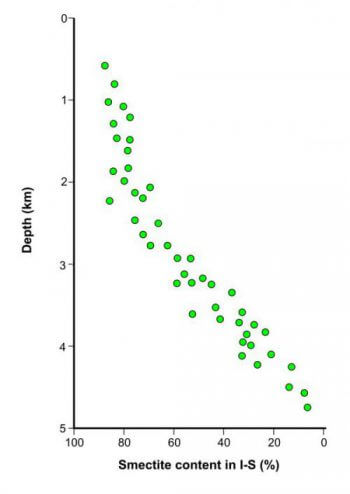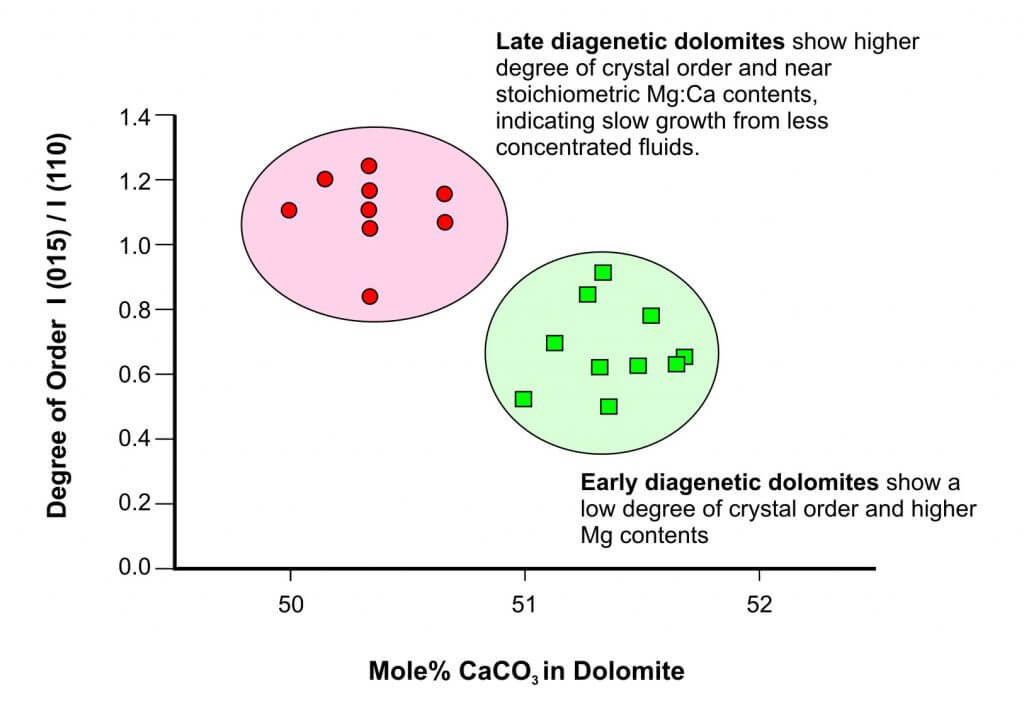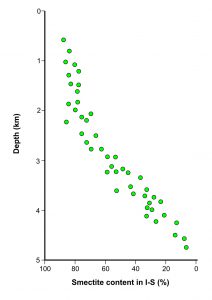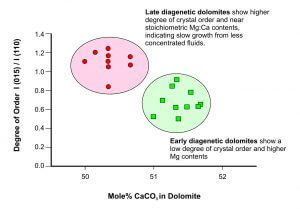X-Ray Diffraction
X-Ray Diffraction
We use X-ray Diffraction of both the Whole Rock or Clay Fraction of a sample to quantitatively determine the mineralogy of the studied sample.
This is a destructive analysis technique which involves grinding a small rock sample (ca. 10 grams) to a fine powder which is then used for the analysis.
Whole rock analysis is undertaken to determine the bulk mineralogy of the sample. The bulk clay content represents the combination of detrital clay, authigenic clay and clay lithoclasts and therefore the results should be interpreted together with petrographic analysis of the samples. This is particularly important when using the bulk mineralogy as a guide to petrophysical analysis of wireline logs through the reservoir.
Clay fraction analysis involves the separation of clay particles within the sample based on particle size. Generally a <2um fraction is analysed, although this can be adjusted based on information on the clay type and particle size information from petrography or SEM analysis. Analysis of the clay fraction aims to determine the type and relative proportion of the clay mineral types. This information cannot be determined by any other method.
Clay fraction analysis is important in determining the nature of the clays lining the pore system. This is particularly important for the petrophysical interpretation of water saturations (Sw) as different clay types have high surface areas, and can also have different electrical properties which can affect the resistivity log response.
Potential uses of X-Ray Diffraction in Sedimentological Studies are:
-
Semi-quantitative determination of bulk mineralogy composition (Quartz, Feldspar, Calcite, Dolomite, Evaporite Minerals) and clay content
-
Determination of clay mineral types in the clay fraction (e.g. illite/smectite, chlorite/smectite, kaolinite/smectite). This information is important for the petrophysical interpretation of wireline logs, particularly the determination of water saturations
-
Measurement of the Fe:Mg ratio of chlorites to identify chamosite or clinochlore
-
Determination of Kaolin polytypes (eg kaolinite, dickite, nacrite and halloysite)
-
Determination of illite crystallinity and smectite contents to give an indication of maximum burial depths / thermal maturity and can be used to give estimates of inversion
-
Determine the extent of illitisation of kaolinite to estimate thermal heating levels (reaction occurs at temperatures >125oC)
-
Measurement of Mg/Ca Ratio and degree of ordering in dolomites allows the modelling of dolomitization and identification of different dolomitising fluids from late diagenetic dolomitization

Example of smectite content reduction with increased depth of burial.

Differentiation of Dolomite cement populations on the basis of Mg:Ca Ratio and Crystal Order.



